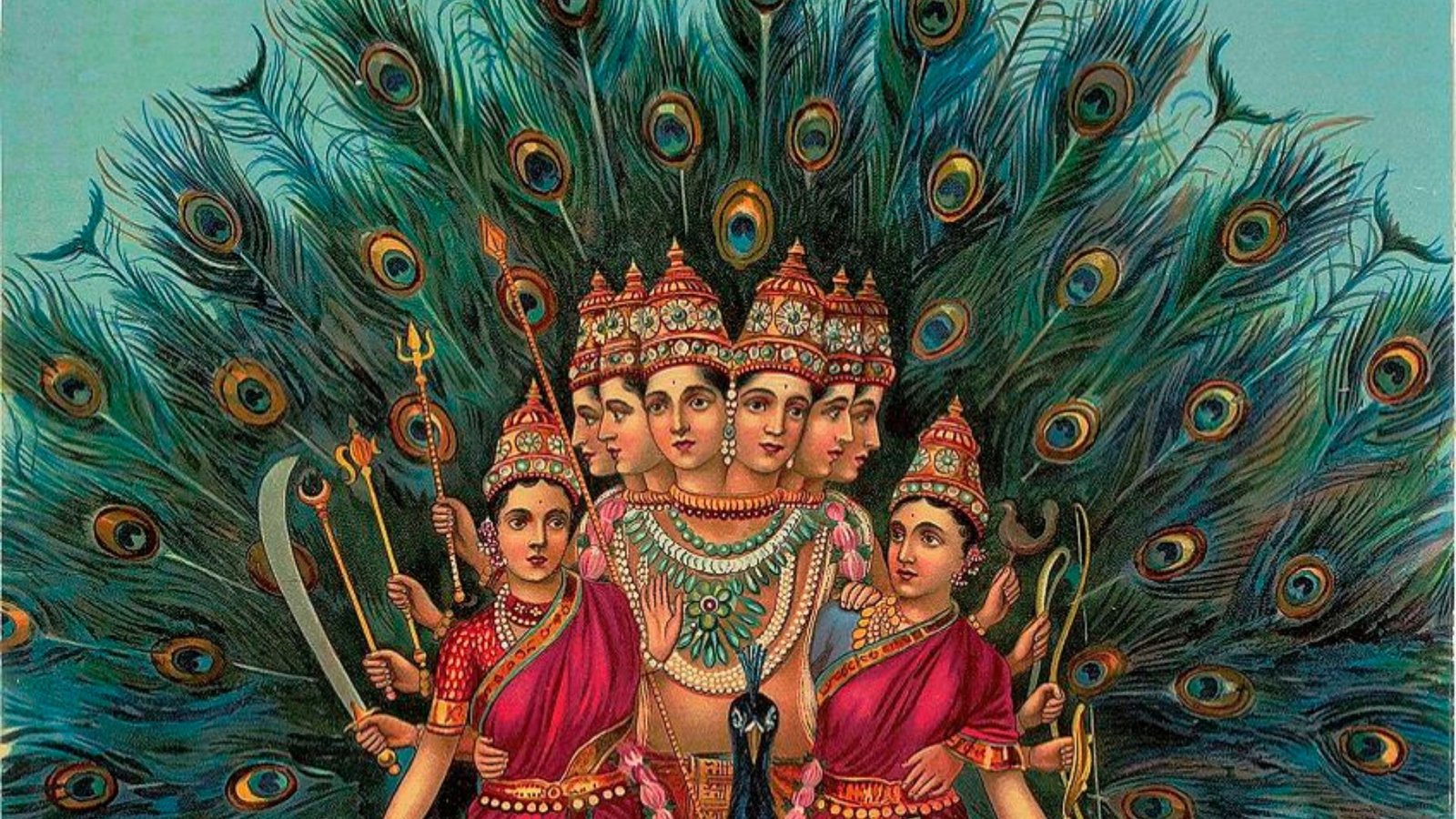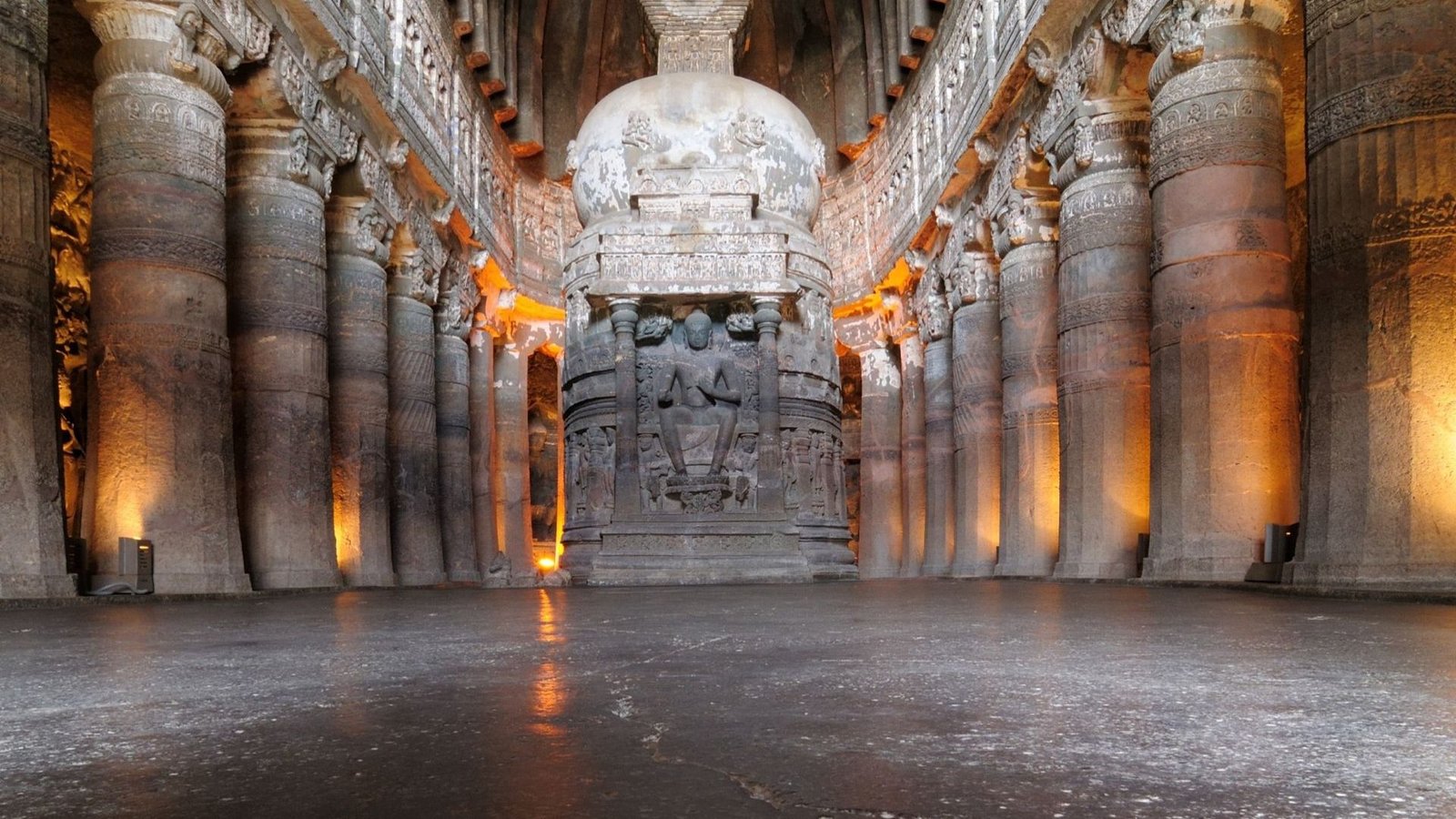Eternal Traditions: Indian Art Through the Ages
Indian art embodies a profound heritage that stretches back thousands of years. It reflects a vibrant tapestry of cultural, religious, and historical influences that have shaped its evolution. From ancient cave paintings to modern installations, Indian art offers a captivating journey through time.

Ancient Origins
The origins of Indian art can be traced to the Indus Valley Civilization, where early forms of artistic expression emerge. Artifacts such as pottery, seals, and sculptures reveal a sophisticated understanding of aesthetics and craftsmanship. The intricate designs and motifs found in these artifacts highlight the advanced skills of early Indian artists.
Classical Traditions
As Indian civilization progressed, classical art forms such as sculpture and painting flourished. The temples of Khajuraho and the caves of Ajanta and Ellora are prime examples of classical Indian art. These works feature elaborate carvings and murals that depict mythological stories, religious rituals, and daily life, demonstrating a deep reverence for spiritual and cultural themes.
Medieval Masterpieces
The medieval period sees the rise of regional art styles influenced by various dynasties and rulers. The Mughal Empire, for instance, leaves a lasting impact on Indian art with its opulent miniatures and intricate calligraphy. Similarly, the Rajput and Pahari schools of painting contribute unique styles characterized by vibrant colors and detailed representations of courtly life and nature.
Modern Innovations
In the modern era, Indian art undergoes significant transformation as it interacts with global movements and contemporary trends. Artists like Raja Ravi Varma and Amrita Sher-Gil bring new techniques and perspectives to traditional themes. Their works bridge the gap between classical and modern aesthetics, reflecting the dynamic nature of Indian society.
Contemporary Expressions
Today, Indian art continues to evolve with the emergence of contemporary artists who experiment with new media and techniques. From installations to digital art, contemporary Indian artists explore diverse themes, including social issues, identity, and globalization. This ongoing evolution demonstrates the resilience and adaptability of Indian art in the face of changing times.
Conclusion
Indian art, with its rich history and continuous evolution, serves as a testament to the country’s diverse cultural heritage. Each era contributes uniquely to the overall narrative, creating a vibrant and ever-changing artistic landscape. By appreciating these traditions and innovations, we gain a deeper understanding of India’s artistic legacy.



